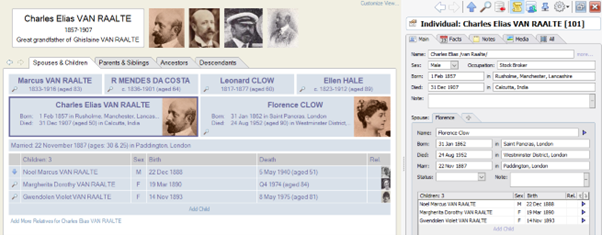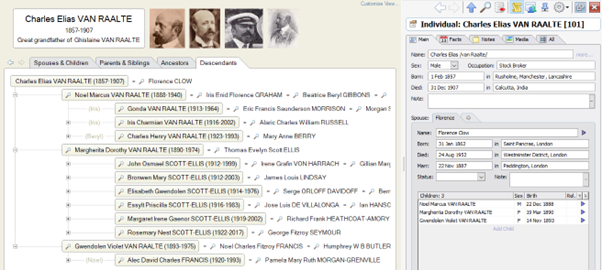23 April 2025
|
How can a family history program help you? Read on to learn how leading UK family history software Family Historian, version 7, from Calico Pie can help you as you work on your genealogy. Guide by Phil Isherwood.
A family history program is an ideal companion to help family historians keep their research organised, at whatever stage of the genealogy they're at, newbie to old hand. Such software is designed to help you:
- build your family tree;
- keep thorough and accurate research notes;
- include documents and photos;
- create lists;
- & generate an extensive range family tree charts and research reports.
UK software, Family Historian v7 excels in all these aspects.
Using a family history program, rather than simply building your family tree on the web, gives you vastly greater control over your tree, as the desktop-based programs provide a wide range of customisation and functionality, making it easy to generate charts and reports for filing or sharing on your own blog or with family.
In addition to the built-in help tools, Family Historian has an extremely loyal and active user group, which, as a Family Historian user you may benefit from when you join the community. Whether you're just learning the ropes, or whether you have a complex research requirement, Family Historian aims to meet your needs.
Read genealogist Phil Isherwood's guide to Family Historian v7 below, and take the free 30-day trial to try Family Historian.
Phil Isherwood's guide to Family Historian v7
- Where can I buy Family Historian?
- How to get started with Family Historian
- Finding your way around Family Historian (see the helpful Focus view)
- What charts does Family Historian provide? (An extensive range)
- What reports does Family Historian provide?
- About the Family Historian lists & queries (a major strength of Family Historian)
- Citing sources with Family Historian (really detailed features)
- Media: photos, audio & video (don't miss the useful media tagging option)
- GEDCOM & shareability
- Mapping (a very strong feature in Family Historian)
- Help & support (excellent tools, user group support & forum)
- Summary (a quick overview)
Where can I buy UK family history software Family Historian version 7?
Family Historian is written, maintained and published by software company Calico Pie. You can view the website here.
How much does Family Historian cost?
Purchase is via a one-time licence fee. At time of writing (April 2025), the cost of a single user licence is £59.95. Note that additional, smaller fees are payable for significant upgrades, e.g. v6 to v7. These occur only every few years. Minor updates are free.
Family Historian runs a 30-day free trial to allow you to evaluate the software. I highly recommend potential users taking advantage of the free trial to road test it against the competition before deciding whether to commit.
How to get started with the Family Historian program
Installation is quick and easy, all managed from the Family Historian web store. I have always found their installations and updates to be fast and trouble free.
Personally, I’ve always found Family Historian relatively intuitive and easy to use. But I’m a technology professional and spend much of my life interacting with software, so I appreciate that it isn’t always so easy for those with less exposure to computer software.
Family Historian has an extensive help feature – of which more later – which includes a “Getting Started” section. Best of all, it has a context sensitive “Help with Current View” feature which you can always access by pressing the F1 key at any time.
Navigation: Let's take a tour of Family Historian software
Of key importance in Family Historian is the main navigation window and the views that it provides on your information about ancestors. This is an area of strength for Family Historian, which provides a great deal of information straight from their Focus window. Options include:
Spouse & Children view
Spouse & Children view with individual life events
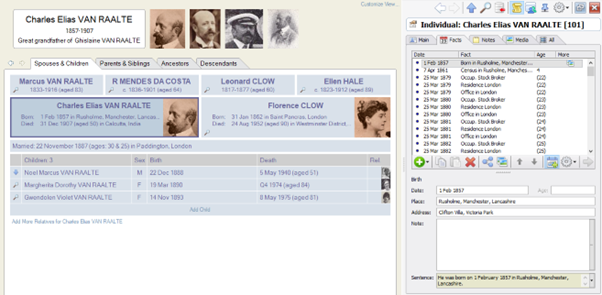
Parents & Siblings view
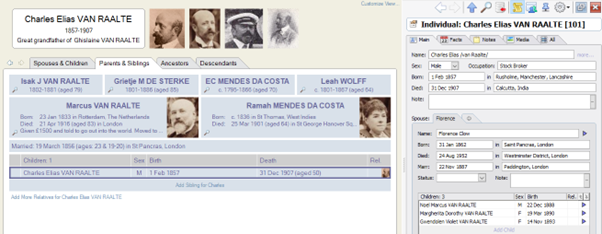
Ancestors view
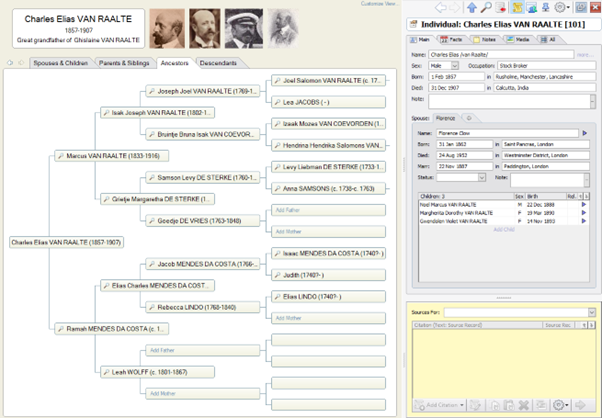
Descendants view
Charts: what range of charts does Family Historian v7 software provide?
The Charts menu provides a lengthy list of standard charts – including sub-menus with yet more chart types.
The charts menu
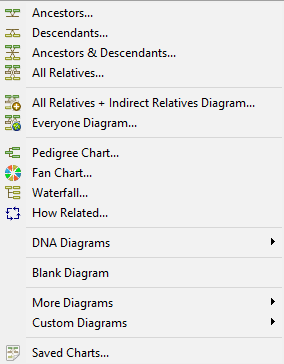
Some of my favourites are:
Ancestor Tree
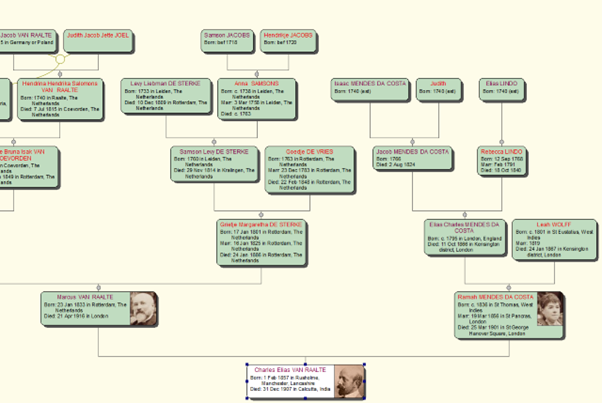
Pedigree Chart
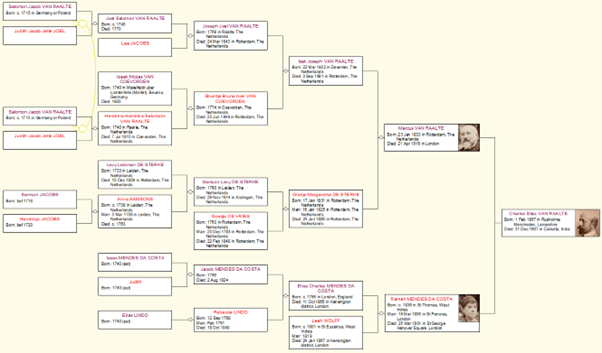
Fan Chart

Descendant Chart
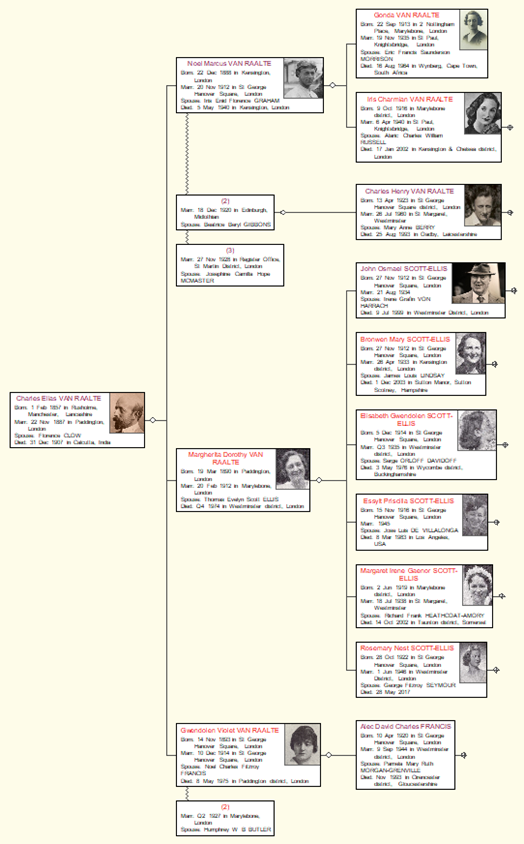
How Related Chart
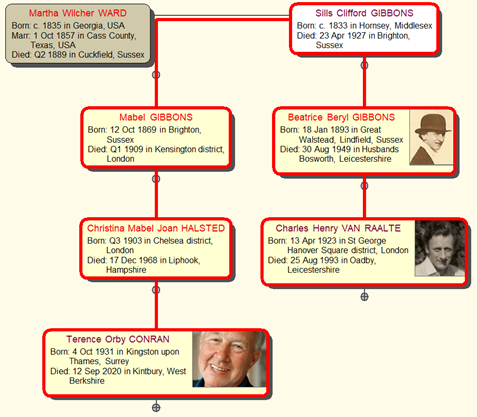
All the charts are configurable to a greater or lesser extent. Once rendered, you can still interact with the chart, hiding unwanted boxes, changing formatting and even moving boxes to avoid page print boundaries if you’re intending to do a multi-page printout.
Charts can be exported in a wide variety of graphical formats (BMP, GIF, JPG, JPEG, PCX, WMF, PNG, TGA, TIF, TIFF, DOC, DOCX, WRI, RTF, TXT, PDF).
For those wanting yet more chart options, there is an additional Charting Companion product, designed specifically for Family Historian but produced by a third-party company, that can be purchased for £34.94.
Reports: What range of reports does Family Historian software have?
The Publish menu provides a lengthy list of ways in which you can report on your research, including sub-menus with yet more publication options.
The Publish menu
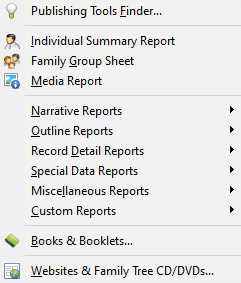
My favourites are:
Individual Summary Report
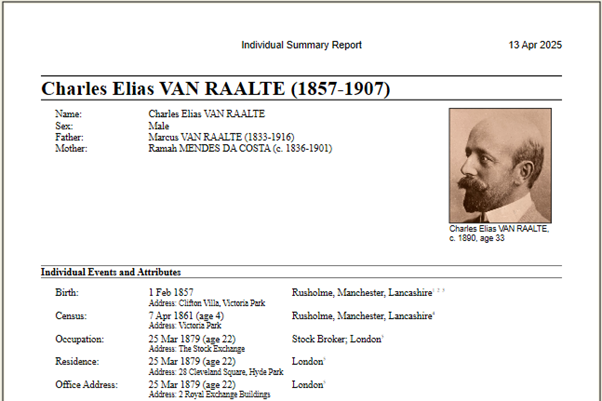
Family Group Sheet
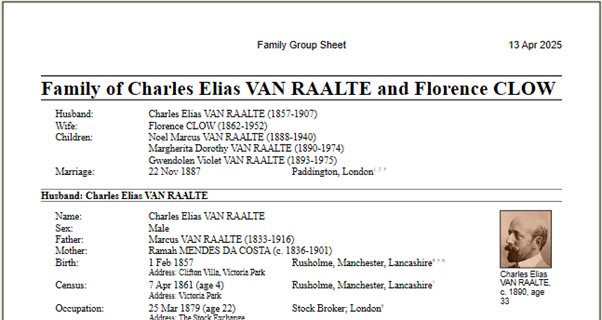
The options for reporting are extensive, allowing users a great deal of control over what is included and excluded, the formatting, layout, etc. In my view, the options are so extensive they might benefit from some simplification for more casual users!
Reports are exportable as PDF, RTF, HTML and TXT files. Once exported, the reports can of be edited further. I like to export reports as an RTF (Rich Text File), import to a word processor, tidy up to exactly how I want it, save it as a PDF, then print and share.
Lists: What sort of lists are available with Family Historian v7?
There are two list-type features in Family Historian:
Named List
Users can create lists of any type, adding people, sources, repositories, media or places. The lists can be generated from queries – an area of strength for Family Historian – and can then be used for further queries, reports, mapping, etc. (A query works like a filter; there are built-in queries, or you can define your own).
Research Note – To Do List
The Research Note functionality in Family Historian is a little rudimentary but includes a to-do list template.
Source Citations: How to cite family history sources with Family Historian v7
The source citation functionality is another area of strength and was one of the deciding factors in my original choice of Family Historian.
Each fact can have multiple sources attached to it.
A birth event with multiple sources
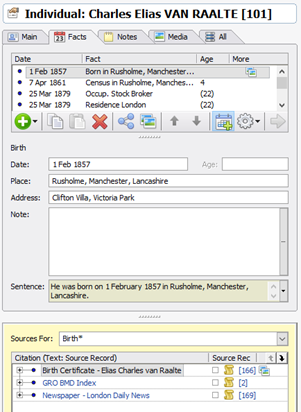
Significant detail can be held about each source including images and transcriptions.
Standard templates are available for many source types, making capturing the information you find more efficient, regular and structured.
Media: adding images, audio & video to Family Historian software
In addition to images of sources, all sorts of media files can be attached to your tree, including photographs, video (MPG, MPEG, AVI) and audio (WAV, MP3, MID, RMI, MDI) files.
I like to make use of this principally for old photographs. There is a master list of media for the whole tree. Metadata can be added to all images and can be linked to individuals.
Media items attached to one person
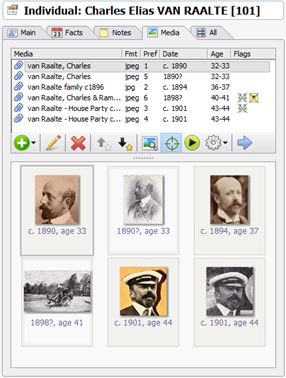
A wonderful feature is the ability to link multiple people to a single image and identify their faces. This means that group photographs only need to be uploaded once and are then linked to all the participants.
A single media item linked to all those depicted

Compatibility and Shareability: How easy is it to share your family tree and research using Family Historian software?
Family Historian is fully able to import and export GEDCOM files, the sharing format for family trees. When exporting, it’s possible to choose exactly which people and facts to include and exclude, though this uses queries or named lists, which some users may find a little fiddly.
Building a website from your family tree is a very straightforward task.
In terms of Internet integration, it’s more of a mixed bag.
Positives: Web URLs can be inserted into all areas of the tool. Tree hints for people in your tree can be switched on for FindMyPast and MyHeritage though you would need a subscription to those sites to see the content of the hints.
Negatives: No ability to synchronise a copy of your tree on one of the large subscription sites. So, although I maintain a copy of my tree on Ancestry for DNA purposes, when I make updates to my tree on Family Historian they aren’t copied to Ancestry. I must either make regular exports of my tree from Family Historian to keep Ancestry updated or manually update my Ancestry tree.
No iOS or Android app. So, if I want to access my tree on the move, I must either take my laptop with me or access the copy I keep on Ancestry via my phone or tablet.
Mapping: what are the mapping tools like on Family Historian?
A very strong feature in Family Historian is the Map functionality. The user can map out any given set of events related to any given group of people. It can be a little tricky to make this work well though:
You must ensure that place names always include the country, even if all your ancestors come from the same country.
You must review the automatic geolocation performed against places from time to time to close gaps and correct errors, which can be time consuming.
The mapping functionality
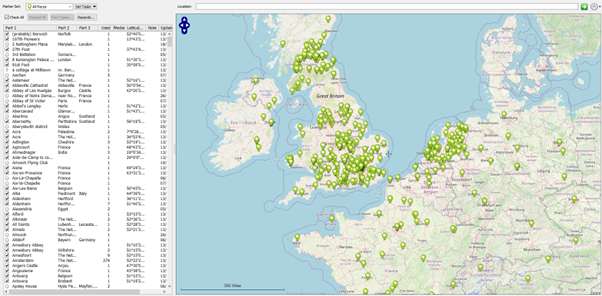
Help & Support: How to get help with using Family Historian software
The help facility in Family Historian is very good, especially the Getting Started guide and the context sensitive help that’s always available if you press F1.
The context sensitive help that's available simply by pressing F1
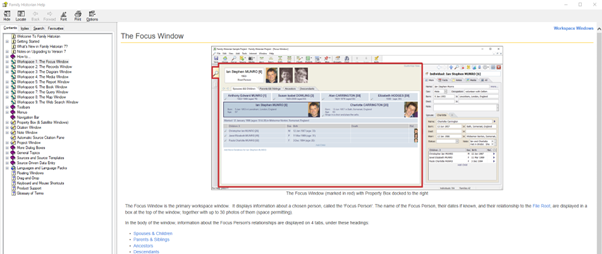
Loyal, helpful user group & useful forum for Family Historian
Furthermore, Family Historian has a very strong and loyal user community that you can also reach out to.
- Family Historian User Group - very active, knowledgeable and helpful user community.
- Family Historian forum at Groups.io
Summary: a brief outline of Family Historian UK family history program
Family Historian is, so far as I know, the only major family tree package that is specifically designed for the UK market, though is perfectly usable in other territories. (I dislike the assumption in other software that all users are American!)
It has very rich functionality, especially:
The lack of online tree synchronisation and a phone or tablet app feel like gaps in the modern age of online trees, though there are workarounds for this.
Even after twenty-plus years as a user, I remain highly satisfied with Family Historian. I’ll be remaining as a user for the foreseeable future and look forward to seeing how it grows and develops over time.
About the genealogy software reviewer
Phil Isherwood is a family history speaker and writer alongside his full-time career in the IT industry. He is a family history advisor for Oxfordshire FHS and a co-founder of Pro-Am Genies, a networking group for professional and aspiring pro genealogists. You can follow him on Bluesky: @geniephil.bsky.social.








